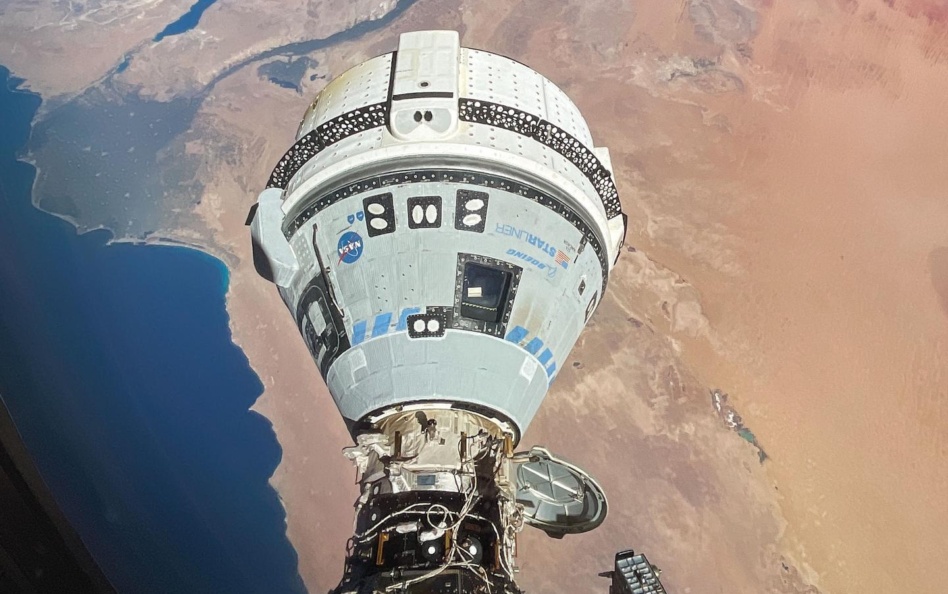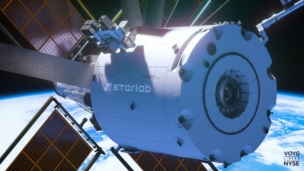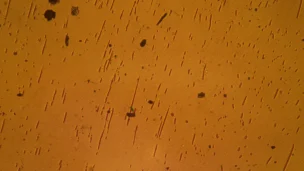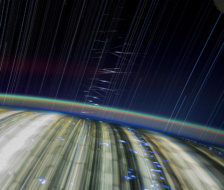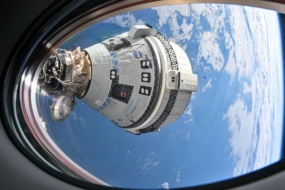NASA has contingency plans to return astronauts Butch Wilmore and Suni Williams to Earth on board a SpaceX Dragon capsule, NASA commercial crew manager Steve Stich said, but no final decision has been made.
Wilmore and Williams arrived at the ISS on the first crewed test flight of Boeing’s Starliner for a planned eight-day mission on June 6. They have remained there since, while engineers investigate Starliner thruster failures, now traced to a teflon seal expanding and shrinking at different temperatures.
Some NASA officials aren’t comfortable flying crew on Starliner without understanding the root cause of those failures, but in a blog post last week, Boeing said that the vehicle is safe. No Boeing official joined the NASA press call, but a spokesperson reiterated that “we still believe in Starliner’s capability and its flight rationale.”
State of play: “Reasonable people could have different views on which path we should take,” NASA associate administrator Ken Bowersox said. “What we’ve got is an uncertainty band, and the Boeing team…is very confident that the vehicle could bring the crew home. But we’ve got other folks that are probably a little more conservative, they worry we don’t know for sure. They would recommend we avoid coming home because we have another option.”
What contingency? There’s been growing speculation that the agency might tap SpaceX’s crew Dragon to bring back the two astronauts, which the agency downplayed until yesterday.
Here’s how it went down:
- On July 10, more than a month after the vehicle arrived at ISS, Stich was asked whether the agency was considering an alternate vehicle to bring back the Starliner astronauts, and said “certainly we’ve dusted off a few of those things to look at.”
- On Aug. 2, Bill Spetch, the ISS operations integration manager, was asked about a NASA task order for SpaceX to look at emergency transportation options. Spetch said it was not related to Starliner. Ars Technica’s Eric Berger reported that this order was in fact focused on Wilmore and Williams.
- On Aug. 7, NASA revealed that it had tasked SpaceX to plan for multiple scenarios, including:
- Flying an additional crew member on an internal storage area inside the Dragon spacecraft with an improvised cushion, for five passengers in total.
- Flying three crew members on the interior cargo area, for a seven passenger complement.
- A scenario where the SpaceX Crew-9 mission, which was moved to September 24, launches just two astronauts along with ballast. Then, it could return Wilmore and Williams in Feb. 2025.
Path to a decision: Stich said that SpaceX has a plan to execute that last scenario, but a final decision won’t be made until mid-August.
For now, Boeing is developing a plan to undock the Starliner without crew, which requires reconfiguration software on the spacecraft. NASA is bringing in additional propulsion experts to review the data, and considering more tests of the teflon seal.
After assessing the results of those efforts, the agency will begin a flight readiness review that could see Bowersox—or NASA administrator Bill Nelson—make the final choice.
